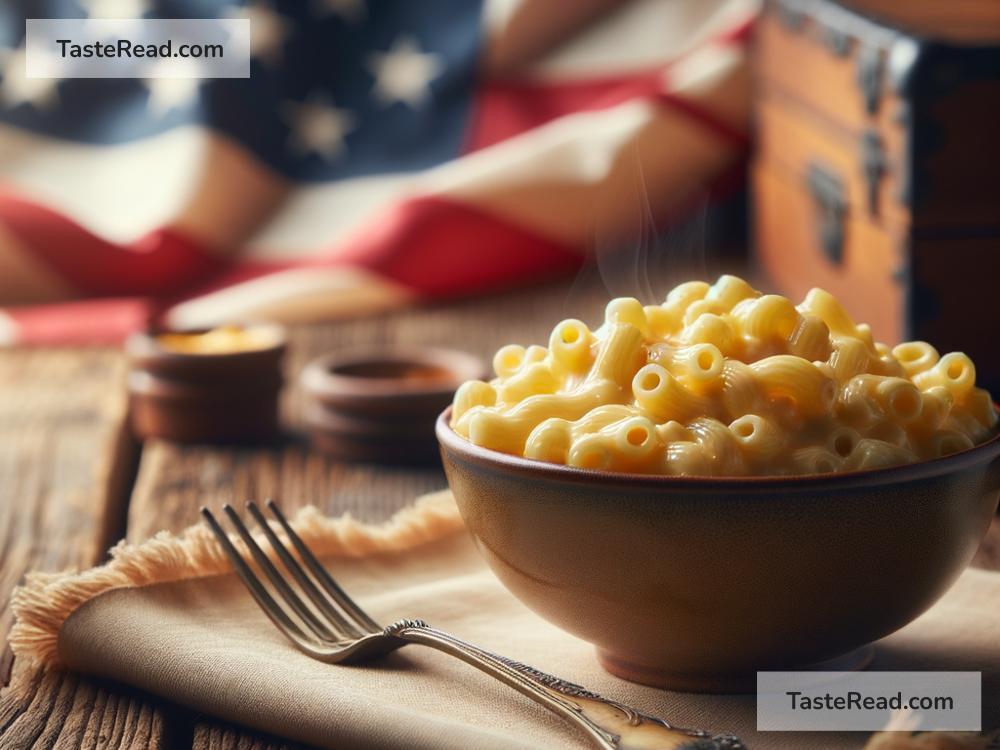Mac and Cheese: A Journey Through Its Creamy, Cheesy History
When you think of comfort food, what dish pops into your mind? For many, it’s a creamy, cheesy, warm bowl of macaroni and cheese. Known affectionately as “mac and cheese,” this dish has secured its place in the hearts and kitchens across the United States. But have you ever wondered where mac and cheese came from and how it became so popular in America? Let’s stir the pot and explore the story behind this beloved dish.
The Early Roots
Mac and cheese didn’t start in America. Its roots trace back to Europe, specifically to Italy, where pasta dishes have been a staple for centuries. There’s evidence in cookbooks dating as far back as the 13th century that Italians were enjoying pasta and cheese combinations. However, it wasn’t until it hopped across the pond to America that mac and cheese became the iconic dish it is today.
Thomas Jefferson: America’s Mac and Cheese Ambassador
One key figure in bringing mac and cheese to the American table was Thomas Jefferson, the third President of the United States. Jefferson fell in love with the pasta dishes he tasted in France and Italy. He was so enamored that he reportedly brought back a pasta machine to America. More than machinery, Jefferson brought back the idea of serving macaroni with cheese. After his return, mac and cheese began to pop up at dinner tables around America, especially when Jefferson served it at a state dinner in 1802. This moment is often marked as the dish’s official American debut.
From Fancy to Familiar
Initially, mac and cheese was seen as an upscale dish, savored by the elite in society. However, its simplicity and the accessibility of its ingredients soon led to its widespread popularity among people from all walks of life. What really turned the dish into a household staple was the Industrial Revolution. With the advent of factory-produced pasta and cheese, mac and cheese became easier and cheaper to make.
In the 1930s, during the Great Depression, an American company found a way to combine non-perishable dried macaroni with powdered cheese, creating an affordable, easy-to-make meal that could feed a family. This boxed version of mac and cheese became an instant hit. It was perfect for the times, as it was inexpensive and had a long shelf life, essentials during economic hardship.
A Cultural Icon
Through the years, mac and cheese has transcended its humble beginnings to become a cultural icon in America. It’s a versatile dish – you can stick to the simple, classic recipe or spice it up with extras like bacon, breadcrumbs, or different cheeses. It shows up at family gatherings, holiday tables, and even gourmet restaurants. Mac and cheese has a unique place in American food culture, representing both comfort and creativity.
Different regions in the U.S. have even put their own spin on the dish. In the South, for example, baked mac and cheese is a cherished tradition, often made with a blend of several cheeses and a crispy breadcrumb topping. Meanwhile, in the North, creamy, stovetop versions are more common. No matter the preparation, the love for mac and cheese spans the entire country.
More Than Just Food
Mac and cheese is more than just a meal; it’s a feeling. For many, it evokes memories of childhood, family dinners, or that feeling of home. It’s a dish that has the power to comfort and satisfy like no other. Whether it’s a gourmet version with truffles and artisanal cheese or a simple box mix, mac and cheese continues to be a favorite among Americans of all ages.
Conclusion
The journey of mac and cheese from an elite European dish to an American kitchen staple is a fascinating tale of cultural adaptation and culinary evolution. It shows how food can transcend its original context to become a symbol of comfort, creativity, and community. So, the next time you take a bite of that creamy, cheesy goodness, remember the rich history behind this simple yet beloved dish. Mac and cheese is truly a testament to the idea that the best foods often have the most humble beginnings.


